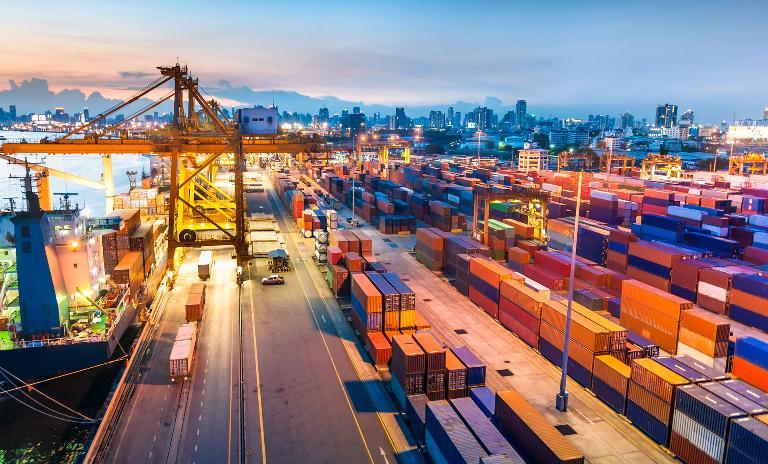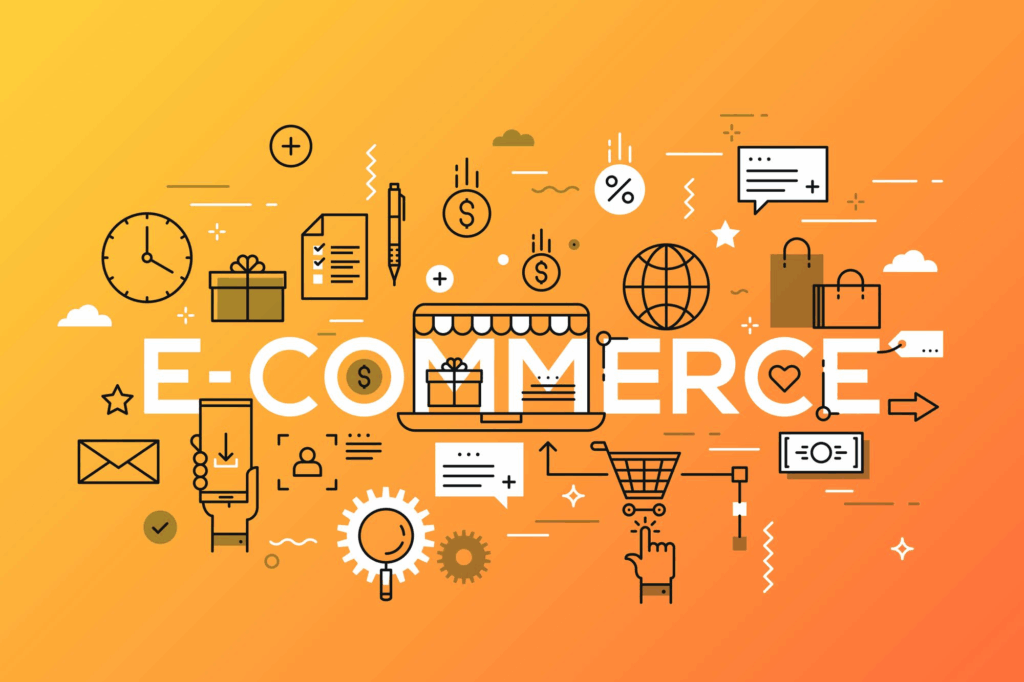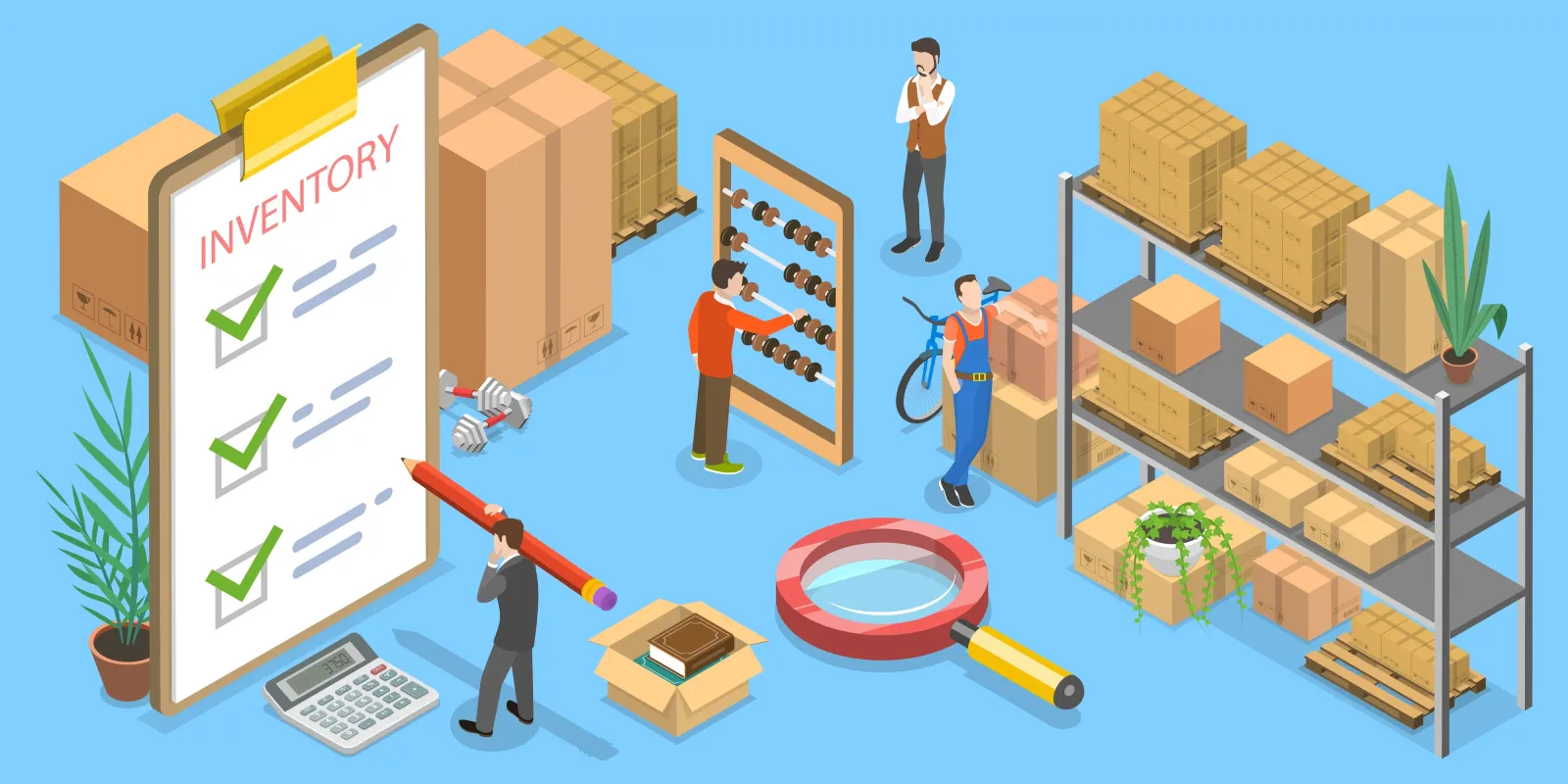Erforschung der Rolle von Third-Party-Logistik (3PL) bei globalen Fulfillment-Dienstleistungen
Global commerce today depends on efficient logistics. Businesses must deliver products quickly, accurately, and affordably across borders. This is where Drittanbieter-Logistik (3PL) providers become essential. They manage warehousing, shipping, and even customer service, allowing companies to focus on marketing, product development, and growth. For global retailers and e-commerce brands, partnering with a 3PL company is no longer a luxury—it’s a competitive necessity.
Warehousing and Shipping in Third-Party Logistics (3PL) for Global Fulfillment

With e-commerce expanding worldwide, the logistics landscape has become increasingly complex. Customers expect two-day or even same-day delivery, no matter where they live. To meet these demands, businesses turn to Third-Party Logistics (3PL) providers that already have global networks, experienced teams, and optimized systems.
What Makes Third-Party Logistics (3PL) So Valuable?
- Skalierbarkeit und Flexibilität
3PL providers let businesses scale up or down based on demand. During peak seasons like Black Friday or the holidays, a 3PL can expand storage and shipping capacity instantly without the business needing to hire or rent extra space. - Reduced Operating Costs
Managing warehouses and transport fleets is expensive. 3PLs already own the infrastructure, helping brands reduce upfront costs and convert fixed expenses into flexible service fees. - Globale Reichweite
Many 3PL companies operate international networks, making it easier to deliver to new markets. This helps small businesses compete globally without setting up foreign offices. - Expertise in Compliance and Customs
Cross-border shipping often involves complex regulations. 3PL providers handle customs clearance, duties, and documentation, minimizing delays and legal risks.
How 3PL Providers Streamline Fulfillment
A strong 3PL partner can completely transform how an order moves from the shopping cart to the customer’s doorstep. Their role covers three main areas: warehousing, shipping, and customer service.
1. Efficient Warehousing and Inventory Control
3PL companies operate advanced fulfillment centers with automated picking and packing systems.
- Real-Time Inventory Updates: Businesses can see stock levels at any time.
- Optimized Storage: Intelligent systems assign products to the most efficient storage zones to reduce handling time.
- Batch Processing: Orders are grouped for faster packaging and shipping.
For example, a retailer using PostalParcel’s global fulfillment network can store goods in regional warehouses closer to end customers, reducing both shipping time and cost.
2. Shipping and Transportation Management

After warehousing, 3PLs coordinate transportation using their carrier network.
- Multi-Carrier-Integration: They choose the most cost-effective and fastest shipping route automatically.
- Tracking and Notifications: Customers receive real-time updates, improving transparency.
- Umgekehrte Logistik: Returns and exchanges are processed through the same network, ensuring efficiency and consistency.
A 3PL partner like PostalParcel utilizes advanced routing technology to determine the shortest and most reliable paths for every shipment, whether domestic or international.
3. Kundenservice Unterstützung
Modern 3PLs extend beyond logistics—they often manage after-sales services too.
- Rückkehr-Management: Simplified local return addresses improve buyer confidence.
- 24/7 Unterstützung: Many providers handle inquiries about order tracking or delivery issues.
- Data Reporting: Businesses receive insights into fulfillment performance, helping them refine strategy.
The Benefits of Outsourcing Fulfillment to Third-Party Logistics (3PL)
Working with a third-party logistics provider offers advantages far beyond basic shipping.
Lower Risk, Higher Efficiency
Managing logistics internally requires major investments in equipment, technology, and staffing. Outsourcing reduces risk since 3PLs already maintain the latest systems and trained personnel. Their experience minimizes mistakes and delays.
Access to Technology

Most 3PLs use AI-based software for inventory forecasting, route optimization, and shipment tracking. These technologies allow companies to make smarter decisions about stock levels and delivery promises.
Focus on Core Business
By handing off fulfillment to experts, companies can redirect their resources to growth-driven areas like product design, marketing, and customer experience.
Faster Global Expansion
A business can enter new regions almost instantly by using a 3PL’s existing infrastructure. Instead of building warehouses abroad, they can store products in the 3PL’s facilities and ship locally within days.
Choosing the Right Third-Party Logistics (3PL) Partner
Selecting the best logistics partner is crucial for long-term success. A reliable provider must align with your company’s goals, order volume, and customer expectations.
Key Factors to Consider
- Network Coverage
Does the 3PL have warehouses in your target markets? The broader the coverage, the faster the delivery. - Technologie-Integration
The system should connect easily with e-commerce platforms like Shopify, WooCommerce, or Amazon. - Skalierbarkeit
Ensure the provider can handle seasonal spikes without compromising speed or accuracy. - Transparency and Reporting
Detailed dashboards and analytics should be available for monitoring orders and inventory. - Reputation and Customer Support
Look for a partner known for reliability, quick issue resolution, and positive client feedback.
PostalParcel, for instance, provides weltweite Erfüllung with warehouse locations across multiple regions, integration with leading online marketplaces, and advanced route tracking—helping businesses stay competitive in cross-border logistics.
The Evolving Role of 3PL in E-commerce

As e-commerce continues to grow, 3PL companies are expanding their services to include value-added offerings like:
- Same-day local delivery
- Kitting and assembly (combining multiple products into one package)
- Subscription box fulfillment
- Green logistics solutions that reduce carbon footprints
These innovations help businesses provide faster, more sustainable shipping options to their customers.
Technology’s Role in Modern 3PL Services
Artificial intelligence and predictive analytics now guide nearly every aspect of 3PL operations. Systems forecast demand, identify Lieferkette bottlenecks, and optimize delivery routes in real time. Robotics also play a big part—automated sorters and smart conveyors reduce labor costs and errors.
For global fulfillment companies like PostalParcel, these tools ensure faster turnaround times, fewer errors, and a consistently high standard of delivery quality.
Future Outlook: Why 3PL Will Continue to Grow
E-commerce sales are projected to reach new records every year. As this happens, the pressure on brands to provide faster delivery will intensify. 3PL providers will continue to evolve, adding smarter logistics technology and expanding their networks.
Outsourcing fulfillment will remain the best path for many global retailers because it offers flexibility, efficiency, and scalability—all without heavy upfront investment. Businesses that embrace 3PL partnerships will be better equipped to deliver globally while maintaining strong customer relationships.
Schlussfolgerung
Third-Party Logistics providers have become an integral part of weltweite Erfüllung services. They bridge the gap between local operations and international demand, enabling businesses to ship faster, manage inventory smarter, and serve customers better.
With the right 3PL partner—such as PostalParcel—companies can simplify their logistics, lower costs, and unlock global growth potential. As commerce continues to expand worldwide, the role of 3PL in fulfillment will only grow stronger, powering the next era of efficient, borderless e-commerce.
Einblicke in die Industrie
Nachrichten über den Posteingang
Nulla turp dis cursus. Integer liberos euismod pretium faucibua






